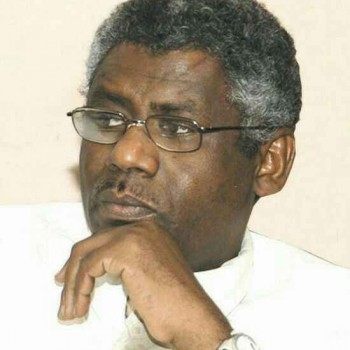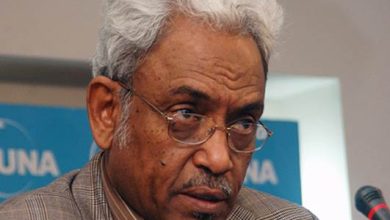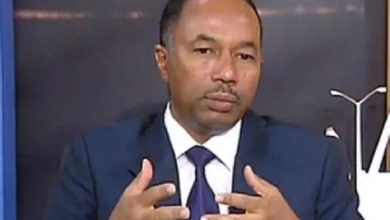Financial Inclusion: Why? How? And in Which Direction? (1)

As I See
Adil Al-Baz
1
It is heartening to see that, amidst the fires of war and darkness, there are those who think ahead and take action—signaling that we are capable of building, and capable of positive action even in the bleakest of times. What has taken place on the battlefields and beyond is nothing short of a miracle: from a besieged army and a displaced people, we rise and triumph. From a state that had not a penny in its coffers at the outbreak of war, to a country that, within two years, managed to secure billions of dollars to fund the massive war and arms expenditures through its own resources. The recovery efforts in the telecommunications sector, after the near-total destruction of its infrastructure and the collapse of its towers, are astounding. Likewise, the achievements in the military field, the economic sector, the Central Bank of Sudan, and telecommunications are miracles we have every right to be proud of. Those entrusted with managing these sectors have succeeded in stabilizing a state that was on the verge of collapse.
2
The ongoing dialogues around the issue of financial inclusion—which the state is now embracing with an understanding of its importance—suggest that we are on the threshold of a new phase, one of steady progress toward achieving financial inclusion. This could have been realized long ago were it not for the petty conflicts in the telecommunications sector that dragged on for years. We could have been far ahead today, given our strong position in telecommunications since the beginning of this century. But, as the saying goes, it’s all in God’s hands.
3
What is Financial Inclusion?
Financial inclusion is the process through which all segments of society—particularly the vulnerable and marginalized—are empowered to access formal financial services (such as bank accounts, credit, insurance, savings, and electronic payments) at affordable prices and in a secure manner.
We will later explore the means through which financial inclusion can be achieved, particularly through the widespread and smart use of digital technology. We will also examine the applied experiences of African and Arab countries, and then identify the goals that financial inclusion can achieve for the economy.
What has happened in the public discourse around financial inclusion?
4
During two significant forums—one in Cairo and the other in Port Sudan—the topic of financial inclusion was raised, now seen as an urgent necessity for the flow of money and the economy as a whole.
The forums were organized by Shamoos Media Center, chaired by renowned economic journalist Ms. Somaya Said. It’s fair to say that such initiatives are not unusual for Somaya Said; she is skilled at initiating, organizing, and mobilizing around such ideas. She has previously organized dozens of successful economic seminars in Khartoum, driven by her deep interest in economics and her keen ability to identify pressing issues in the economic sphere.
Importantly, Shamoos has brought the issue into the public debate, triggering a rapid and ongoing movement in this direction.
In the first forum (January 21, 2025), Dr. Khalid Al-Tijani emphasized that Sudan was once a pioneer in digital technology in Africa and the Arab world. However, clear obstacles halted its progress and left it lagging behind. Dr. Khalid attributed this to the resistance of certain institutions to this transformation and called for decisive and clear legislation from the state and the Central Bank of Sudan as a solution to this dilemma.
At the same forum, Dr. Asjad Yahya Al-Kadhim called for strengthening financial inclusion, which she considered the key to digital transformation and the expansion of banking services in Sudan. She also called for unifying the electronic payment platform to enhance financial inclusion and reviewed successful experiences from several African and Asian countries.
5
At the second forum, held on the evening of Thursday, March 6, 2025, in Port Sudan, Dr. Khalid Al-Tijani and Dr. Asjad Al-Kadhim returned with more comprehensive and in-depth papers on the topic of financial inclusion—its necessity and its objectives.
I was particularly impressed by Dr. Asjad’s advanced, scientific, and practical perspective in addressing the topic through her paper titled: “Unifying the Electronic Payment Platform: A Step Towards Digital Transformation and Financial Inclusion.”
Both papers deserve to be adopted by the state as a roadmap for implementing financial inclusion through digital technology.
What pleased me most at the second forum was the attendance of all key state institutions, especially those on the economic side—an achievement credited to Shamoos Center. It also signals official recognition of the urgent need to use digital technology in implementing financial inclusion, which is now a necessity rather than a luxury—necessitated by economic realities and technological advancements.
In the next article, I will present what was included in both papers and initiate a discussion around the ideas they offer and how to implement them.
To be continued.



